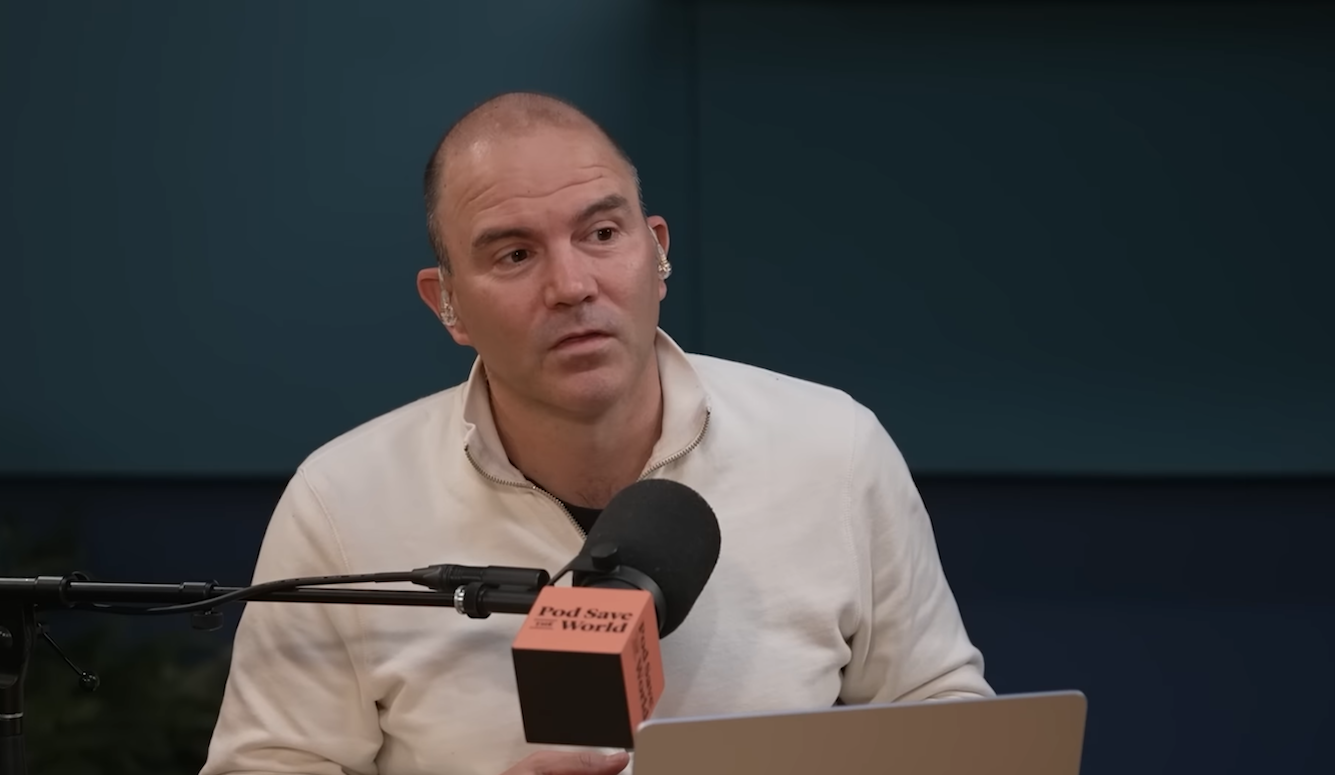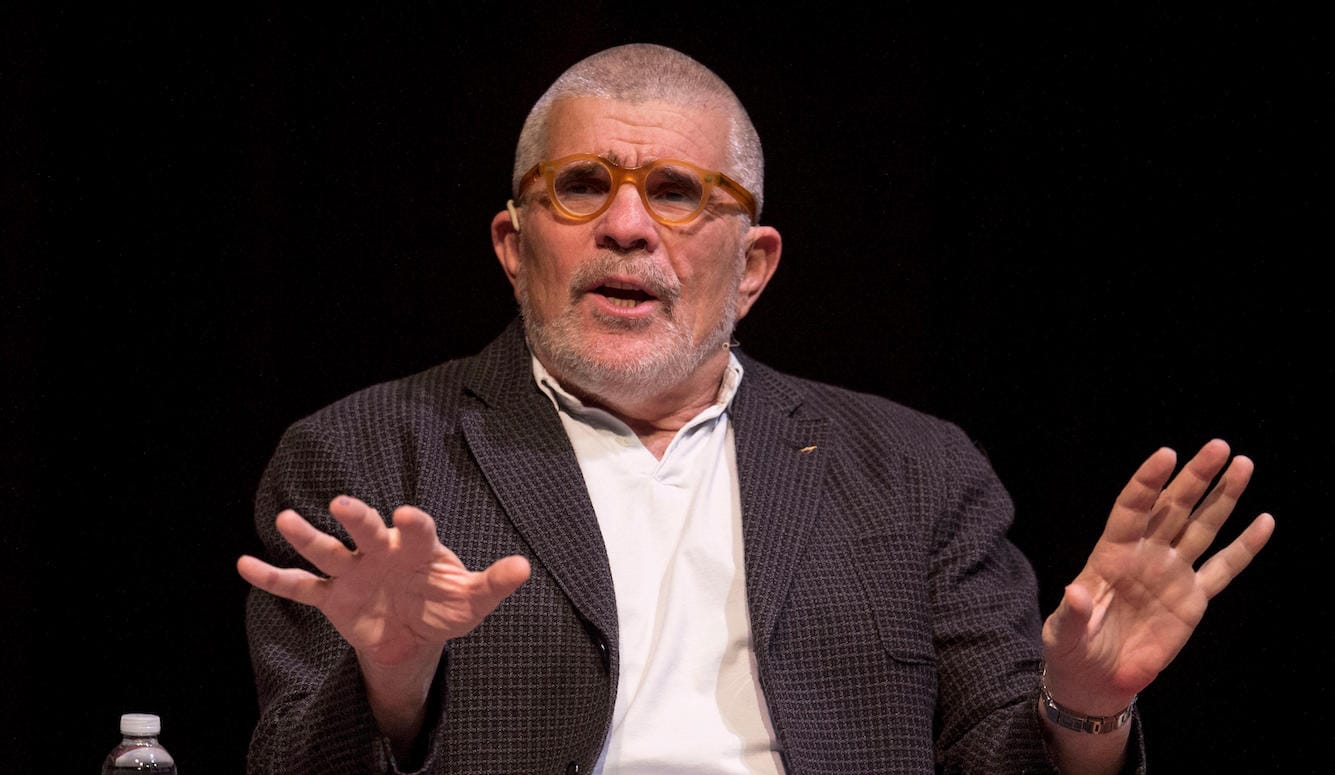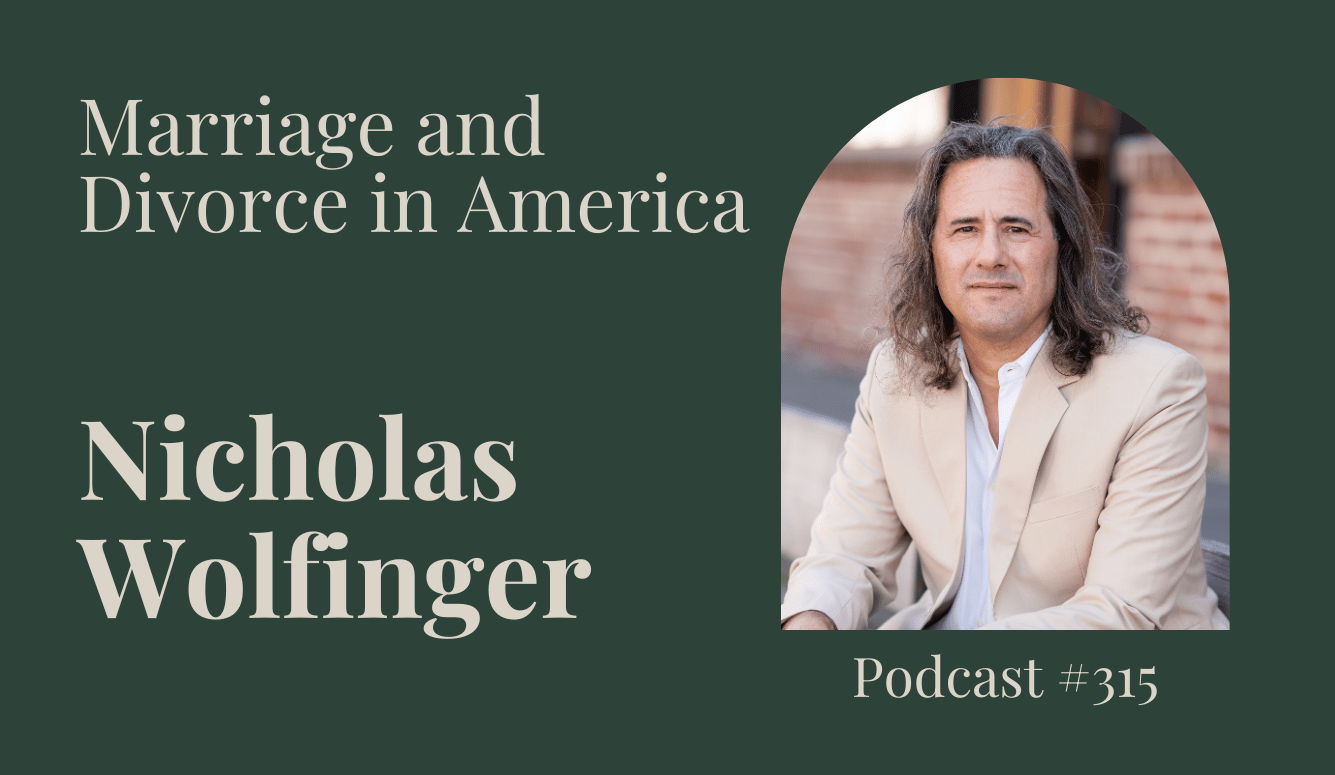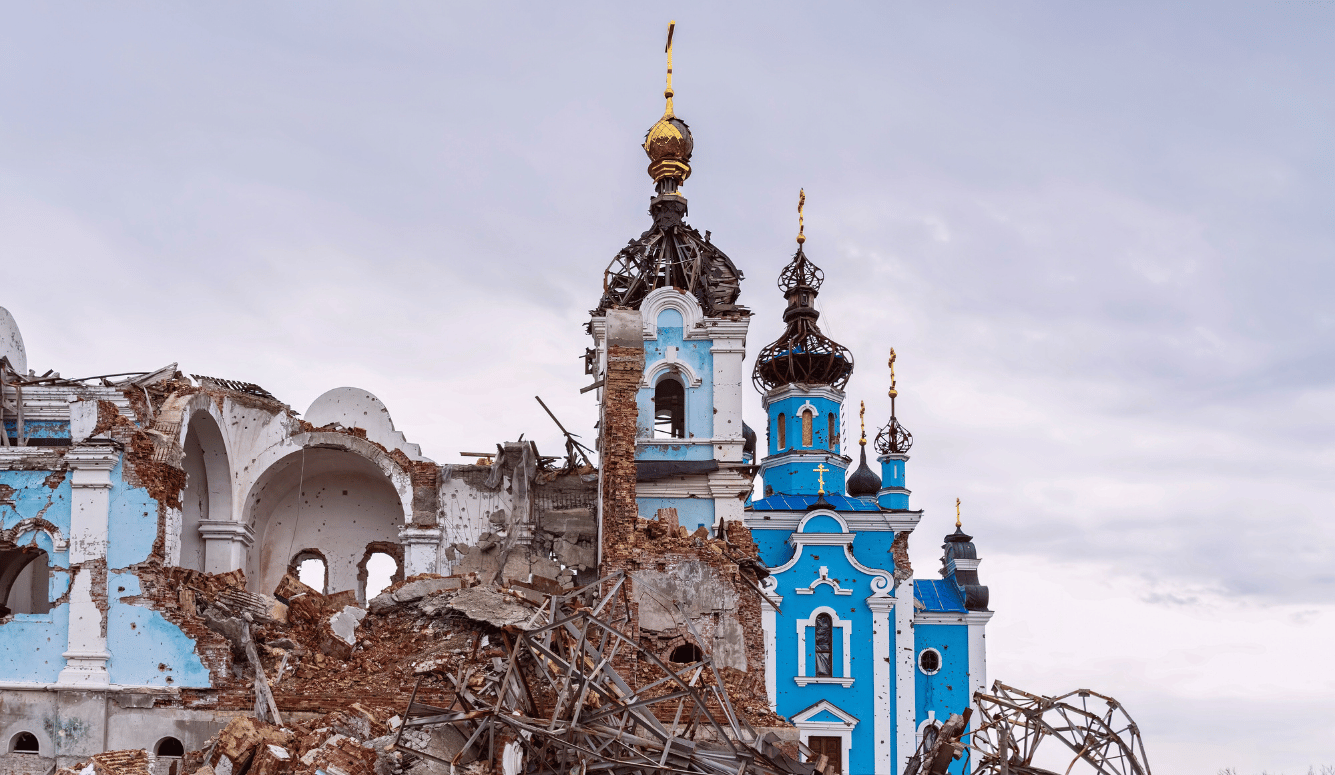Art and Culture
Where Have All the Cultures Gone?
The homogenisation of culture begins with the loss of language.

Whenever I return to the Maasai country, on the marches of southern Kenya and Tanzania, I find it at once both a thrilling and unsettling experience. Thrilling for the obvious reasons: a remote frontier, an inaccessible highland of nomadic warriors in whose company one still sees spears and bows and the fluttering red shuka garments. It is a romantic experience, and the Loita province, where I now find myself, has something certainly poetic about it. Yet there is an unease which hangs over the region, a subtext colouring every description. The most fundamental feeling in Loita, in all the Maasai country, is one of flux, of change, of the passing away of old things and the uncertain arrival of something nebulous and new. The Maasai are settling, the rangelands are being parcelled and fenced, the big game animals are shrinking away into conservancies and deep forests, and new languages—Swahili and English—are swiftly gaining advantage against the Kimaasai tongue. Schools, migration and rising populations are all vectors of this transformation. It is difficult entirely to escape the fear that one has arrived just in time to see dusk over the Maasailand and night over the Maasai.
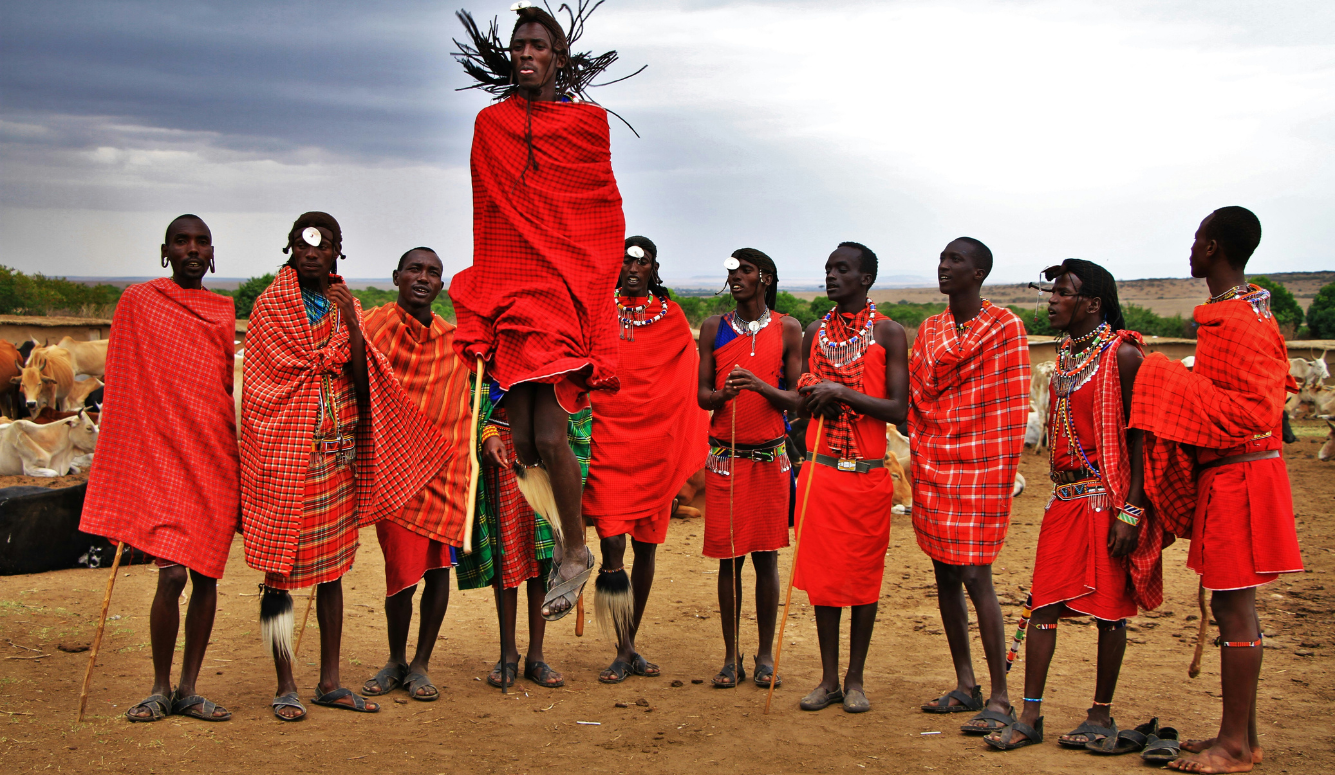
Nevertheless, the Maasai have a future, of course. The population is not going anywhere; indeed, God willing, they may emerge more prosperous than ever in coming decades. The question is: Do they have a future as Maasai? All over the world, this same question is beginning to intrude, in some places, gradually and subtly, elsewhere, with violence and rupture. Of the roughly 6,000 languages currently spoken across the world, researchers predict that upwards of 90 percent of them may be extinct by 2100. This becomes less shocking—or less surprising, at any rate—when one realises that merely 4 percent of all languages make up 96 percent of speakers, with a quarter of all languages having less than 1,000 speakers.
The trend across the world is that of the few swallowing the many, and the particular being subsumed by the general. However, remote tribal languages and those with vanishingly few speakers are not the only ones being increasingly harried by the forces of deracination. In Finland, a large number of respondents to a survey expressed their concern at the rise of English in culture and commerce, while from Sweden and Latvia to the Netherlands and beyond, the increasing marginalisation of local languages in academia in particular has become a growing cause for concern, and even an occasional front in the broader European “culture wars.” To these worries, some have retorted that there is little evidence that the spread of English poses any imminent threat to the broader use of native languages in Europe, something that, indeed, appears to be true. However, “use,” in the generic sense—the mere act of speaking a language—is not the only locus of linguistic or cultural decline. There is also a process of emptying that can take place, a sapping of the lifeblood and distinction of a culture without completely eliminating it.
